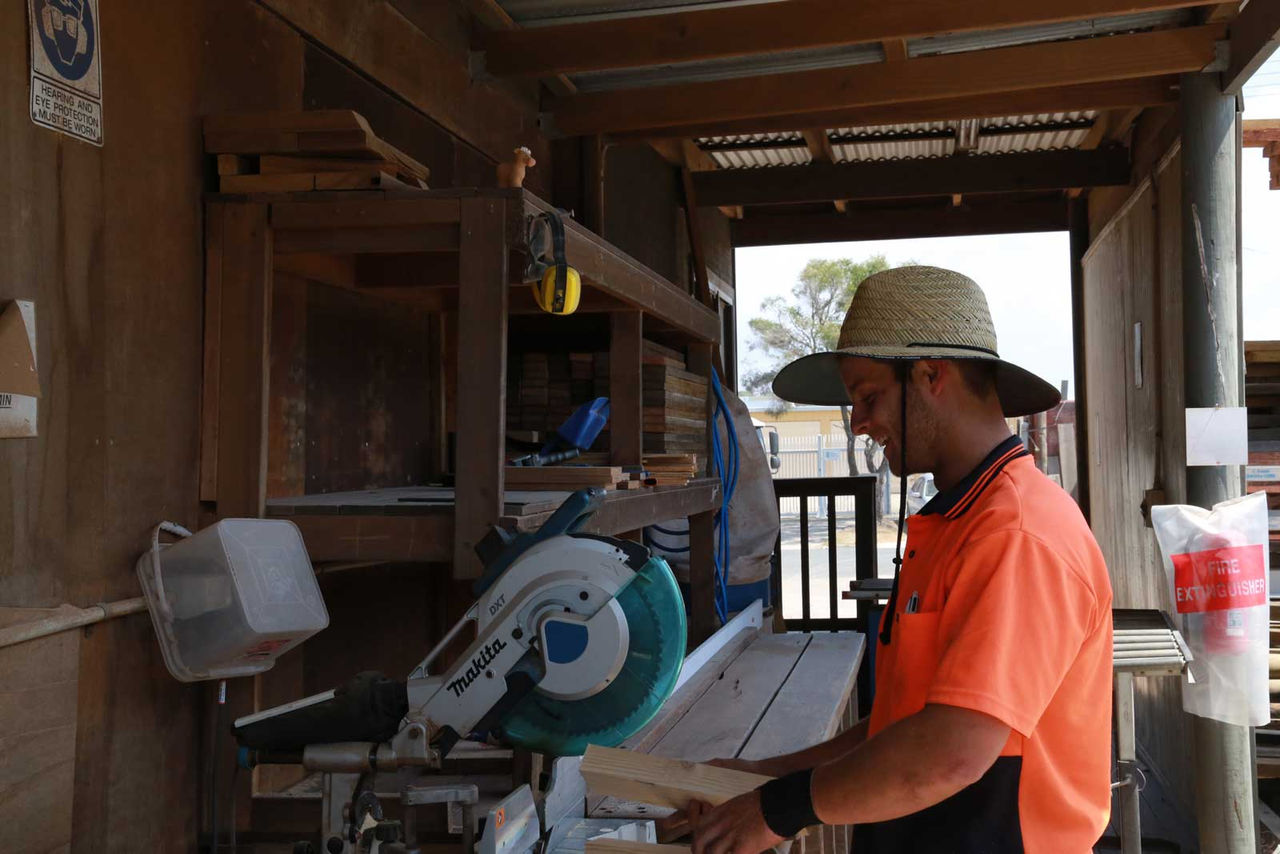Awareness of emotion, wellbeing and resilience
Published by MAXSolutions on May 28, 2024

Resilience is widely recognised as an excellent quality for promoting health and wellbeing in individuals. The role emotion plays in resilience is commonly misunderstood.
As well as many people mistaking resilience for toughness or invulnerability; many people think they are being resilient if they ignore their emotions. Even when those emotions are very natural to the challenging situation they face. New research1 highlights the importance of emotional awareness in building resilience.
Understanding Resilience
Resilience is best understood as an ability to bounce back from adversity.
You can think of it as an elasticity that helps people to return to their original state after being affected by hardship. It isn’t how far a person is stretched or strained when responding to a crisis, it’s how well they recover.
Emotion awareness is an important factor which helps people to be resilient.1 In an interesting study4, people’s brains were viewed in an MRI while they were invited to respond to distressing materials with and without emotion awareness. The group encouraged to be aware of their emotion showed marked reduction in amygdala activation. Your amygdala plays an important role in the processing of emotion. Specifically, it plays an important role in moderating the intensity of emotions experienced.
Researchers concluded that paying attention to emotion and to the impact strong emotions had physiologically, contributes to a person’s resilience by reducing the intensity of the emotion experienced. It is important to note that the emotion didn’t disappear, but often, it was reduced to a manageable level where functioning was possible.
How can you develop emotion awareness?
First, resilient people are better able to differentiate discrete emotions and locate the environmental conditions that brought about the emotion. They are able to talk about the emotion, to manage the bodily symptoms that are part of the emotion and communicate with others about their emotion. They can analyse emotion and to attend to others’ emotion.
It isn’t just being aware of emotion that contributes to resilience. Access to emotion regulation strategies is also important in coping in an adaptive way.2,3
Self Regulation
How can you better regulate your emotions?
The first step is directing your awareness toward the emotion. Label it if you can. Notice where in your body you are experiencing the emotion. Are you holding tension? Do you feel nauseated? Hot or cold?
Now that you are able to label your emotion and describe its impacts upon your body, expressing the emotion is the next step. Even if you don’t describe your emotion to another person, using language and saying words engages parts of your brain that are logical and this process alone further reduces the intensity of the emotion. The emotion is still present, but less strong and its impacts will be starting to reduce. When communicating emotion to others it is important to be respectful of their experience and relationship to events that may have lead to your emotions. Consider their experience in hearing you.
In summary, paying attention to your emotions, noticing its impacts upon you in detail, using language to express it also helps to reduce the intensity of the emotion. You can improve your ability to perform these skills with practice.
For help improving in these skills contact your EAP on 1800 629 277 in Australia and 0800 327 669 in New Zealand. Or email support@maxsolutions.com.au
References
1. Zuddas, A. (2012). A crucial role for basic emotion awareness in the development of emotion regulation? European Child & Adolescent Psychiatry, 21(6), 297-9. doi:https://doi.org/10.1007/s00787-012-0283-8
2. Cummings, C., Lansing, A. H., & Houck, C. D. (2022). Perceived strengths and difficulties in emotional awareness and accessing emotion regulation strategies in early adolescents. Journal of Child and Family Studies, 31(9), 2631-2643. doi:https://doi.org/10.1007/s10826-022-02352-8
3. Curtis, W. J., & Cicchetti, D. (2007). Emotion and resilience: A multilevel investigation of hemispheric electroencephalogram asymmetry and emotion regulation in maltreated and nonmaltreated children. Development and Psychopathology, 19(3), 811-40. Retrieved from http://ezproxy.slq.qld.gov.au/login?url=https://www.proquest.com/scholarly-journals/emotion-resilience-multilevel-investigation/docview/201696742/se-2
4. Herwig, U., Kaffenberger, T., Jäncke, L., & Brühl, A.,B. (2010). Self-related awareness and emotion regulation. NeuroImage, 50(2), 734-741. doi:https://doi.org/10.1016/j.neuroimage.2009.12.089
Share
Tags
Found this useful?
Help and advice
Our blogs are about helping people seek the information that they need for their steps in the workforce.














_1.jpg)





























.jpeg)

















